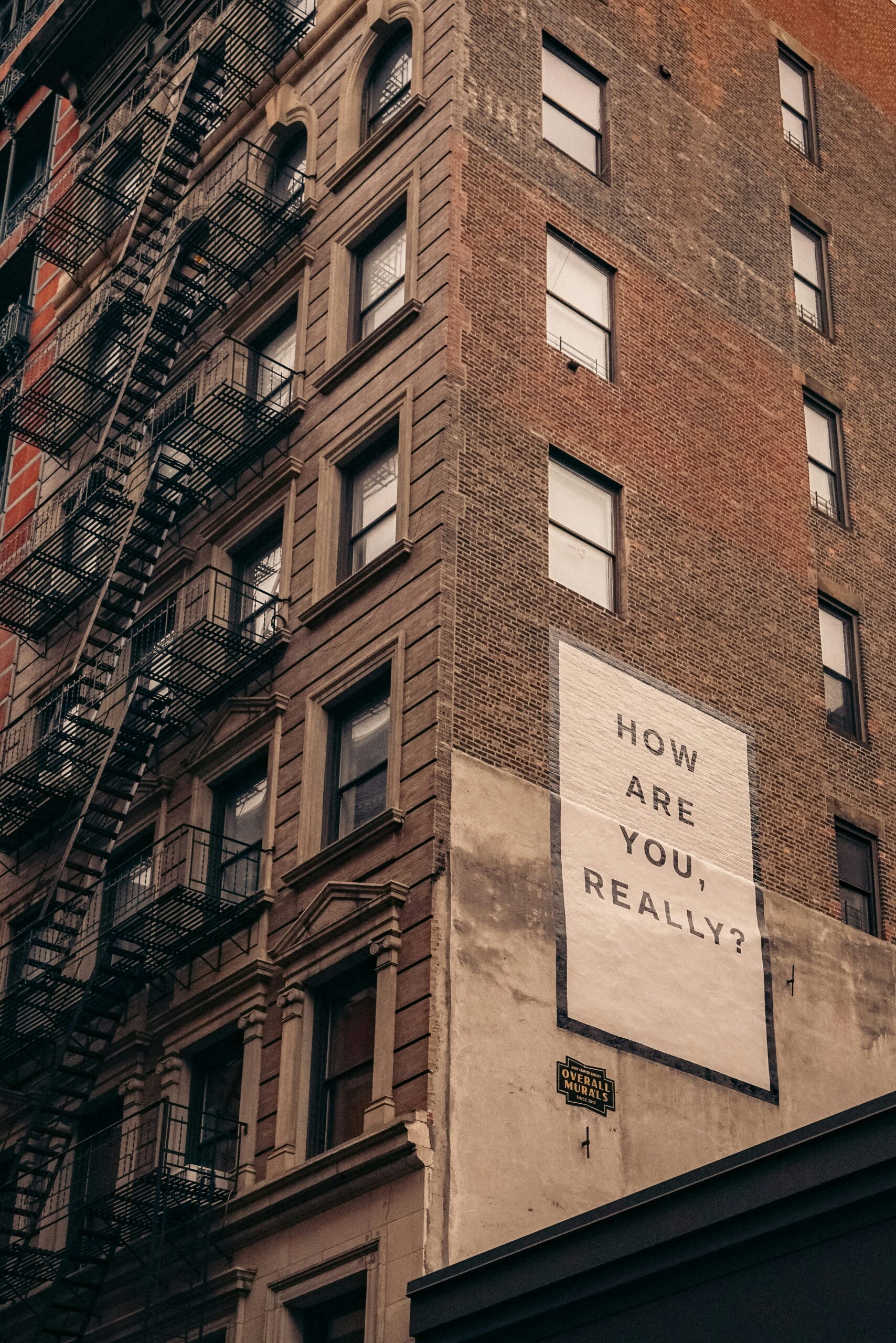Understanding the Need for Low-Maintenance Fencing
In today’s fast-paced world, homeowners are increasingly seeking ways to simplify their lives, and this extends to home maintenance. Fencing, a crucial element in defining property boundaries and enhancing curb appeal, often requires significant upkeep. Traditional materials like wood and iron, while aesthetically pleasing, demand regular maintenance to prevent issues such as rot, rust, and fading. This has led to a growing interest in low-maintenance fencing solutions that offer durability and aesthetic appeal without the constant need for attention.
Low-maintenance fencing options are designed to withstand the elements and maintain their appearance with minimal intervention. These fences are particularly appealing to those who prioritize time, cost-effectiveness, and environmental sustainability. By reducing the need for frequent repairs and replacements, these options not only save homeowners time and money but also contribute to a more sustainable lifestyle by reducing material waste.
Moreover, with advances in materials science, low-maintenance fences are now available in a variety of styles and finishes, allowing homeowners to choose options that complement their home’s architecture and personal taste. This combination of practicality and versatility makes low-maintenance fencing an attractive choice for modern homeowners looking to enhance their properties with minimal hassle.
Exploring Popular Low-Maintenance Fencing Materials
When it comes to low-maintenance fencing, several materials stand out due to their durability and ease of care. Among these, vinyl, aluminum, and composite materials are particularly popular choices.
Vinyl Fencing: Vinyl is a synthetic material known for its resilience and low upkeep. It does not warp, rot, or require painting, making it an excellent choice for those seeking a hassle-free fencing solution. Vinyl fences are available in a variety of colors and styles, from classic white picket fences to more contemporary designs. They are also resistant to pests and weather conditions, ensuring longevity.
Aluminum Fencing: Aluminum is another low-maintenance option that offers a sleek, modern look. It is lightweight, resistant to rust, and requires little more than the occasional wash to maintain its appearance. Aluminum fences are often powder-coated to enhance their durability and are available in various colors and styles, including those that mimic the look of wrought iron.
Composite Fencing: Composite materials, made from a blend of wood fibers and plastic, offer the aesthetic appeal of wood without the associated maintenance. These fences are resistant to rot, insects, and UV damage, making them a durable choice. Composite fencing is available in a range of finishes that replicate the natural grain of wood, providing a traditional look with modern benefits.
Each of these materials offers unique advantages, allowing homeowners to select the option that best fits their aesthetic preferences and practical needs. By choosing a low-maintenance material, homeowners can enjoy a beautiful, long-lasting fence with minimal effort.
Cost Considerations and Long-Term Benefits
While the initial cost of low-maintenance fencing materials may be higher than traditional options, the long-term savings and benefits often outweigh the upfront investment. For instance, vinyl, aluminum, and composite fences require significantly less maintenance than wood or iron, reducing the need for frequent repairs, repainting, and replacements.
In addition to saving on maintenance costs, low-maintenance fences can also enhance property value. A well-maintained fence contributes to the overall appearance of a home, which can be a selling point for potential buyers. Furthermore, the durability of these materials ensures that the fence will remain an attractive feature for years to come.
Another key benefit is the environmental impact. Low-maintenance fences often have a longer lifespan, reducing the frequency of replacements and the associated environmental costs. For environmentally conscious homeowners, selecting materials that require fewer resources over time aligns with sustainable living practices.
Ultimately, investing in a low-maintenance fence is not just about reducing the burden of upkeep; it’s about making a smart, long-term decision that enhances the beauty and value of your home while contributing to a more sustainable future.





